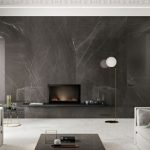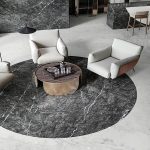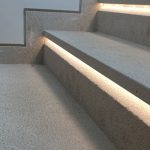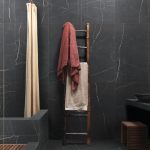Porcelain Term, Origin and Development
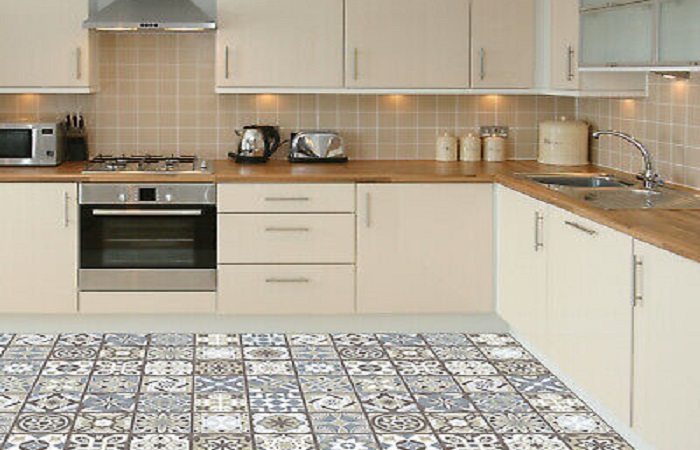
Porcelain Term, Origin and Development
The term, origin and development of porcelain are the focus of the present passage. Porcelain is a ceramic material made by heating clay-type materials to high temperatures. It includes clay in the form of kaolinite. There is a distinction between hard-paste porcelain, fired at 1400 degrees Celsius, and soft-paste porcelain, fired at 1200 oC. Bone china is soft-paste porcelain made from bone ash and kaolinite.
The Term Porcelain
The term porcelain refers to a wide range of ceramic products that have been baked at high temperatures to achieve vitreous, or glassy, qualities such as translucence and low porosity. Among the most familiar porcelain goods are table and decorative china, chemical ware, dental crowns, and electrical insulators. Usually white or off-white, porcelain comes in both glazed and unglazed varieties, with bisque, fired at a high temperature, representing the most popular unglazed variety.
Porcelain Origin
The raw materials for porcelain are when mixed with water and form a plastic paste. The paste is worked to a required shape before firing in a kiln. Porcelain originated in China, and china is the common name of the product. By the Eastern Han dynasty period (196–220 AD) glazed ceramic wares had developed into porcelain. Porcelain manufactured during the Tang Dynasty (618–906 AD) was exported to the Islamic world, where it was highly prized.
Porcelain in Germany
Early in the 16th century, Portuguese traders returned home with samples of kaolin clay, which they discovered in China to be essential in the production of porcelain wares. However, the Chinese techniques and composition used to manufacture porcelain were not yet fully understood. In the German state of Saxony, the search concluded in 1708 when Ehrenfried von Tschirnhaus produced a hard, white, translucent type of porcelain with kaolin clay and alabaster, mined from a Saxon mine in Colditz. It was a closely guarded trade secret of the Saxon enterprise.
Porcelain Production in Germany
Von Tschirnhaus and his assistant Johann Friedrich Böttger were employed by Augustus the Strong and worked at Dresden and Meissen in Saxony. A workshop note records that the first specimen of hard, white and vitrified European porcelain was produced in 1708. At the time, the research was still being supervised by Tschirnhaus, who died in October of that year. Böttger reported to Augustus in March 1709 that he could make porcelain. He usually gets the credit for the European discovery of porcelain.
Porcelain in French
The first important French soft-paste porcelain was made at the Saint-Cloud factory before 1702. Soft-paste factories were established at Chantilly in 1730 and at Mennecy in 1750. The Vincennes porcelain factory was established in 1740, and moved later to larger premises in Sèvres. In 1756. Vincennes soft-paste was whiter and more perfect than any of its French rivals, which put Vincennes/Sèvres porcelain in the leading position in France.
Porcelain in England
Proclian in The first soft-paste in England was demonstrated by Thomas Briand to the Royal Society in 1742, and is believed to have been based on the Saint-Cloud formula. In 1749, Thomas Frye took out a patent on a porcelain containing bone ash. This was the first bone china, later perfected by Josiah Spode. In the twenty-five years after Briand’s demonstration, half a dozen factories were founded in England to make soft-paste table-wares and figures.

William Cookworthy
William Cookworthy discovered deposits of kaolin clay in Cornwall. This helped the development of porcelain and other whiteware ceramics in England. Cookworthy’s factory at Plymouth, 1768, used kaolin clay and china stone. He made porcelain with a composition similar to the Chinese porcelains of the early 18th century.
Final Statement
Although porcelain is frequently used as a synonym for china, the two are not identical. They resemble one another in that both are vitreous wares of extremely low porosity, and both can be glazed or unglazed. However, china, also known as soft-paste or tender porcelain, is softer: it can be cut with a file, while porcelain cannot.
This difference is due to the higher temperatures at which true porcelain is fired, 2,650 degrees Fahrenheit (1,454 degrees Celsius) compared to 2,200 degrees Fahrenheit (1,204 degrees Celsius) for china. Due to its greater hardness, porcelain has some medical and industrial applications which china, limited to domestic and artistic use, does not. Moreover, whereas porcelain is always translucent, china is opaque.
To learn more about us, click here.
Send your price quotes directly to our WhatsApp through this Link: https://wa.link/ord5k8
Sources
simple.wikipedia.org/wiki
www.madehow.com/Volume-1/Porcelain.html
- Back To Articles
- armani grey marble, armany grey, building materials, China Porcelain, construction materials, grey Armany, marble, marble factory, Niayesh, NIAYESH STONE, Pietra Grey Marble, Pietra Grey Marble Tiles, Porcelain, porcelain definition, Porcelain in England, porcelain in European countries, Porcelain in France, porcelain in Germany, porcelain introduction, porcelain origin
Article
Natural Stone Applications
- 22 December 2022
Iranian Stones Introduction According to Source and Quarry
- 21 December 2022
Technical Stone Introduction and Quarrying Procedures
- 21 December 2022
Categories
- blog757
- news1
- Specialized articles756



